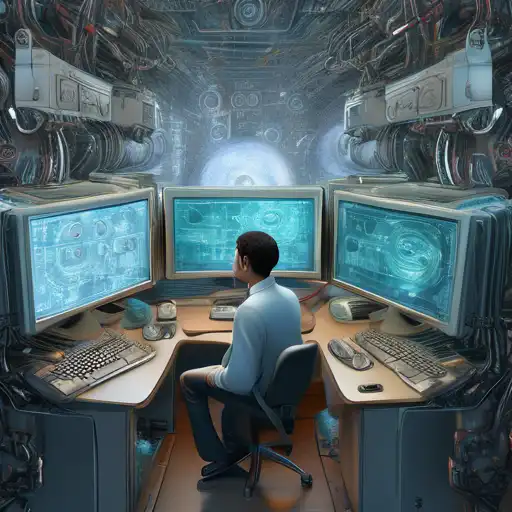Introduction to Computer Vision
Computer vision is a field of artificial intelligence that trains computers to interpret and understand the visual world. By leveraging digital images from cameras and videos and deep learning models, machines can accurately identify and classify objects—and then react to what they "see."
How Computer Vision Works
At its core, computer vision involves the automatic extraction, analysis, and understanding of useful information from a single image or a sequence of images. It involves the development of a theoretical and algorithmic basis to achieve automatic visual understanding.
Key Components of Computer Vision
- Image Acquisition
- Image Processing
- Feature Extraction
- Object Detection
- Object Recognition
Applications of Computer Vision
Computer vision technology is being used in a variety of industries, from healthcare to automotive. Here are some of the most exciting applications:
- Healthcare: From diagnosing diseases with medical imaging to assisting in surgeries.
- Automotive: Powering self-driving cars to understand and navigate their surroundings.
- Retail: Enhancing customer experiences with cashier-less stores and personalized shopping.
- Security: Improving surveillance systems with facial recognition and anomaly detection.
The Future of Computer Vision
As technology advances, the potential for computer vision continues to expand. With the integration of artificial intelligence and machine learning, computer vision systems are becoming more accurate and efficient. The future may hold even more innovative applications, such as augmented reality interfaces and advanced robotic vision.
Challenges and Considerations
Despite its advancements, computer vision faces challenges such as high computational costs, privacy concerns, and the need for large datasets. Addressing these issues is crucial for the widespread adoption and ethical use of the technology.
Conclusion
Computer vision is transforming how machines interact with the world around them. By teaching machines to see, we're opening up a world of possibilities across various sectors. As we continue to innovate, the boundaries of what's possible with computer vision will only expand, making it an exciting field to watch.
